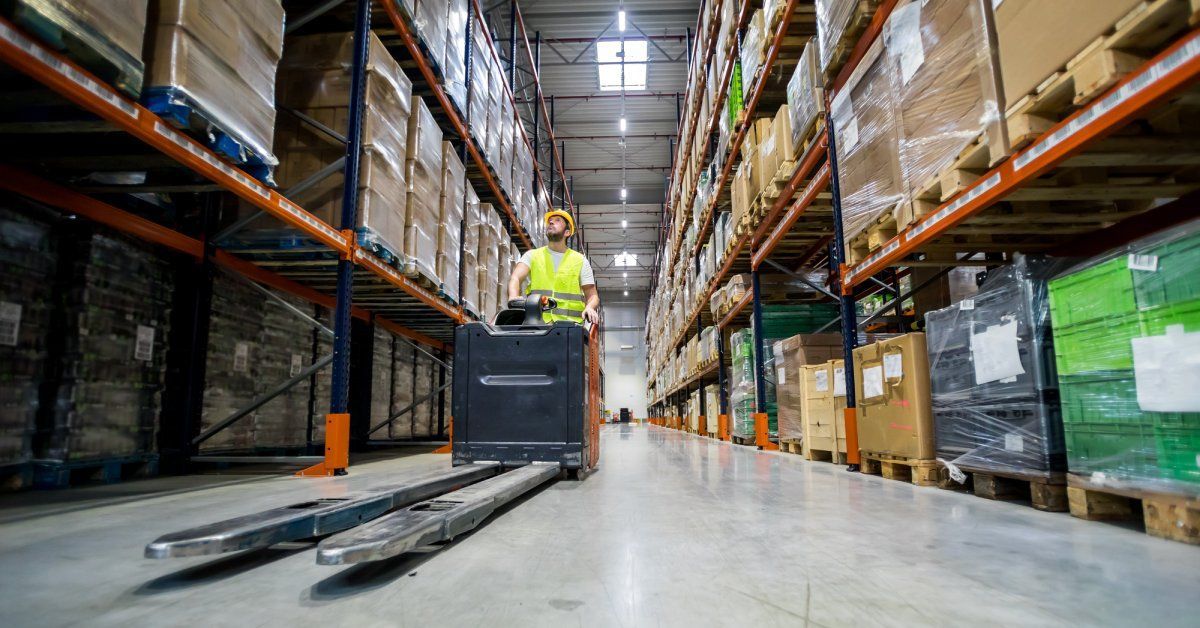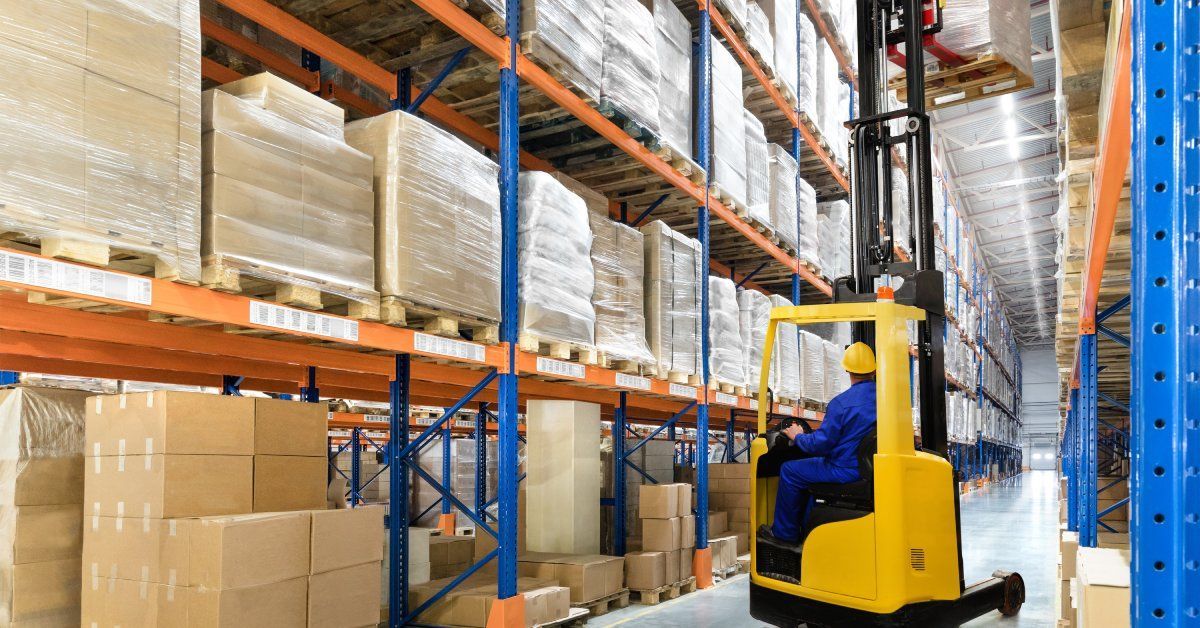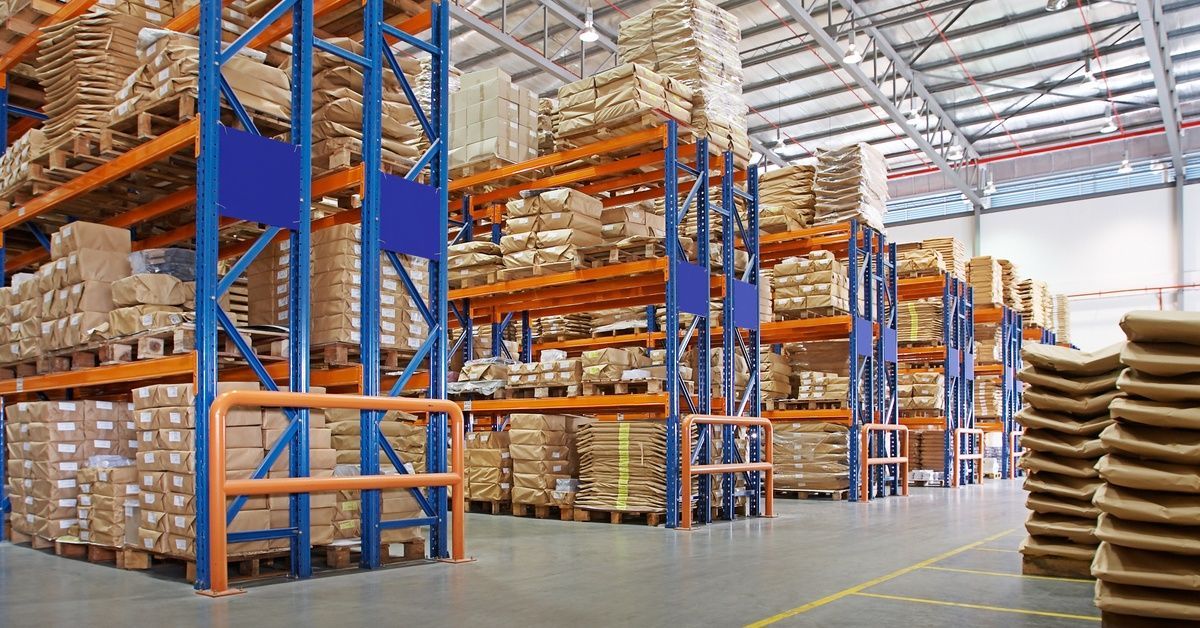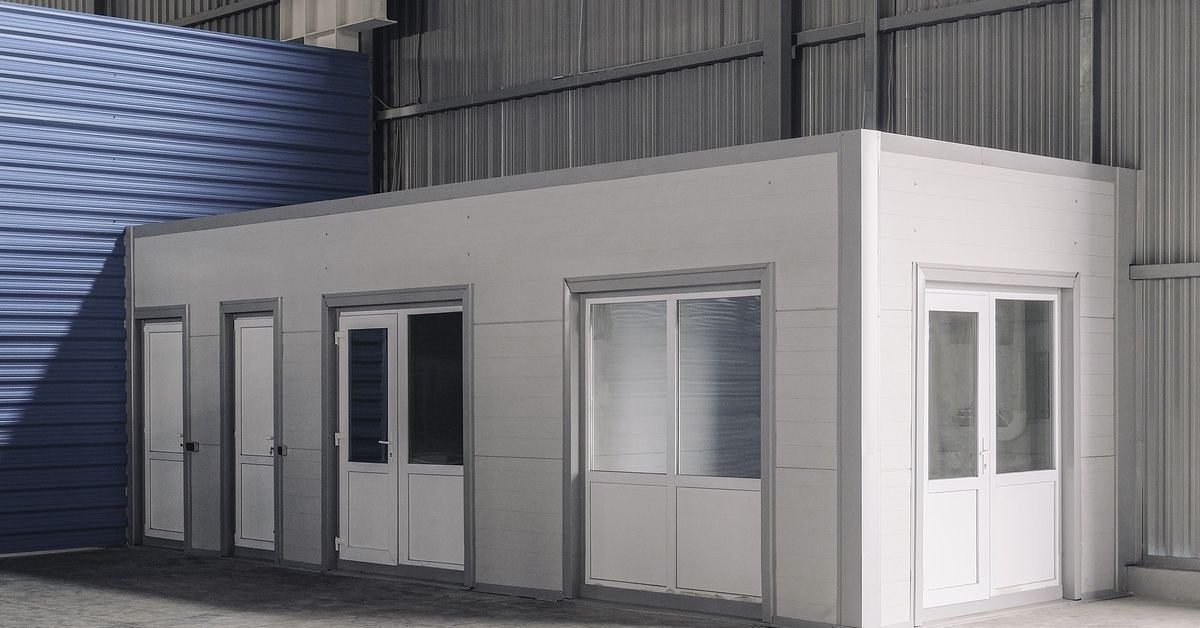How To Improve Picking Efficiency Through Optimized Layouts

Every warehouse manager knows the frustration of watching pickers spend excess time walking between locations, searching for items, or navigating congested aisles. These inefficiencies slow down operations and directly impact your bottom line through increased labor costs, missed shipment deadlines, and reduced customer satisfaction.
Fortunately, the solution lies in your warehouse layout. With this guide, you’ll learn how to improve picking efficiency through optimized layouts. When you implement these strategies, you’ll be able to see immediate improvements in pick rates, order accuracy, and overall warehouse performance.
Position Fast-Moving Items in Prime Real Estate
Your fastest-moving inventory deserves the best locations in your warehouse. Position high-velocity items closest to packing and shipping areas to minimize travel distances for your most frequent picks. This approach ensures pickers spend more time picking and less time walking. Place these products at waist height to reduce bending, stretching, and worker fatigue and speed up retrieval.
Monitor your inventory velocity on a regular basis, and adjust placement accordingly. Seasonal fluctuations and changing customer demands can alter which items qualify as fast movers. Your layout should adapt to these changes to maintain optimal efficiency levels.
Design Clear and Wide Aisles for Smooth Traffic Flow
Congested aisles create bottlenecks that slow down your entire operation, so design your main aisles wide enough to accommodate two pieces of equipment passing comfortably. This prevents traffic jams and eliminates the time wasted waiting for others to move.
Create one-way traffic patterns where possible to reduce conflicts between pickers moving in opposite directions. Use floor markings and signs to indicate traffic flow directions clearly. These visual cues help new employees learn the layout quickly while preventing confusion during busy periods.
Consider separate pathways for different types of equipment. For instance, you may designate specific routes for forklifts, pallet jacks, and walking pickers. This separation reduces accidents and allows every kind of operation to move at its optimal speed without interfering with others.

Implement Zone Picking To Reduce Travel Times
Zone picking divides your warehouse into specific areas where individual pickers focus on their designated sections. This approach dramatically reduces travel distances since each picker becomes familiar with a smaller area and can work more efficiently within their zone.
Assign zones based on product characteristics, order frequency, and picker expertise. Place complementary items within the same zone to enable batch picking of related products. This strategy works particularly well for warehouse pallet racks containing similar product categories or sizes.
Balance workloads across zones to prevent some pickers from being overwhelmed while others have light assignments. To maintain optimal productivity levels across all areas, monitor zone performance regularly, and adjust boundaries as needed.
Create Logical Product Groupings
Organize your inventory using logical groupings that mirror how customers typically order. Place related items near each other to enable efficient batch picking and reduce the likelihood of split shipments. This method reduces the number of stops required per order and speeds up overall fulfillment.
To optimize picking equipment usage, group products by size, weight, or handling requirements. Place heavy items in easily accessible locations where forklifts or pallet jacks can operate efficiently. Position fragile items in protected areas where they’re less likely to be damaged.
Optimize Vertical Space Utilization
Maximize your warehouse’s cubic capacity by utilizing vertical space effectively. Place your most frequently picked items at optimal heights—typically between knee and shoulder level—to optimize picking speed and reduce worker fatigue.
Reserve higher storage levels for slower-moving inventory or bulk storage. Use appropriate equipment such as reach trucks or order pickers for these higher locations, and ensure your team receives proper training on safe vertical picking procedures.
Create a systematic approach to vertical organization. Use lower levels for heavy items that are difficult to lift, middle levels for your most active inventory, and upper levels for lightweight, slow-moving products. This organization prevents physical strain and maintains efficient access to frequently needed items.
Establish Dedicated Staging Areas
Designate specific areas for order consolidation and staging to prevent congestion in your main picking areas. These staging zones allow pickers to deposit completed picks without interfering with ongoing operations in active zones.
To create smooth workflow transitions, position staging areas strategically between picking zones and packing stations. Size these areas appropriately to handle your typical order volumes without creating new bottlenecks. Additionally, include adequate space for picking equipment to maneuver safely.
Organize staging areas with clear identification systems so packed orders can be easily located and moved to shipping. Use floor markings, signage, or numbered sections to create an organized system that prevents misplaced orders and eliminates long search times.
Minimize Cross-Traffic and Congestion Points
Identify and eliminate areas where different traffic flows intersect unnecessarily. These congestion points slow down operations and increase the risk of accidents. Redesign pathways to minimize crossing patterns while maintaining efficient access to all warehouse areas.
Create bypass routes around high-traffic areas, so pickers can avoid congested zones when possible. Take the time to clearly mark these alternate pathways, and make them logical to follow. Consider the timing of different operations, and create separate routes for activities that occur simultaneously.
Install mirrors or other safety equipment at unavoidable intersection points to improve visibility and reduce accidents. These safety measures help maintain smooth traffic flow while protecting your team members and equipment.

Use Technology To Guide Optimal Routing
Implement warehouse management systems that calculate optimal picking routes based on your specific layout. These systems consider item locations, order priorities, and current warehouse activity to generate the most efficient picking sequences.
Provide pickers with mobile devices or terminals that display optimized routes and real-time inventory locations. This technology reduces training time for new employees and helps experienced pickers work more efficiently by eliminating guesswork about optimal pathways.
Monitor picking performance data to identify patterns and opportunities for further layout improvements. Use this information to refine your physical layout and update your routing algorithms to achieve continuous efficiency gains.
You can improve picking efficiency through an optimized layout done with careful planning and systematic implementation. Keep in mind that layout optimization is an ongoing process that should evolve with your business needs and inventory changes. If you need help improving your warehouse’s layout, contact Tyler Supply Company. Our experienced team will help you improve picking efficiency and overall warehouse performance.











